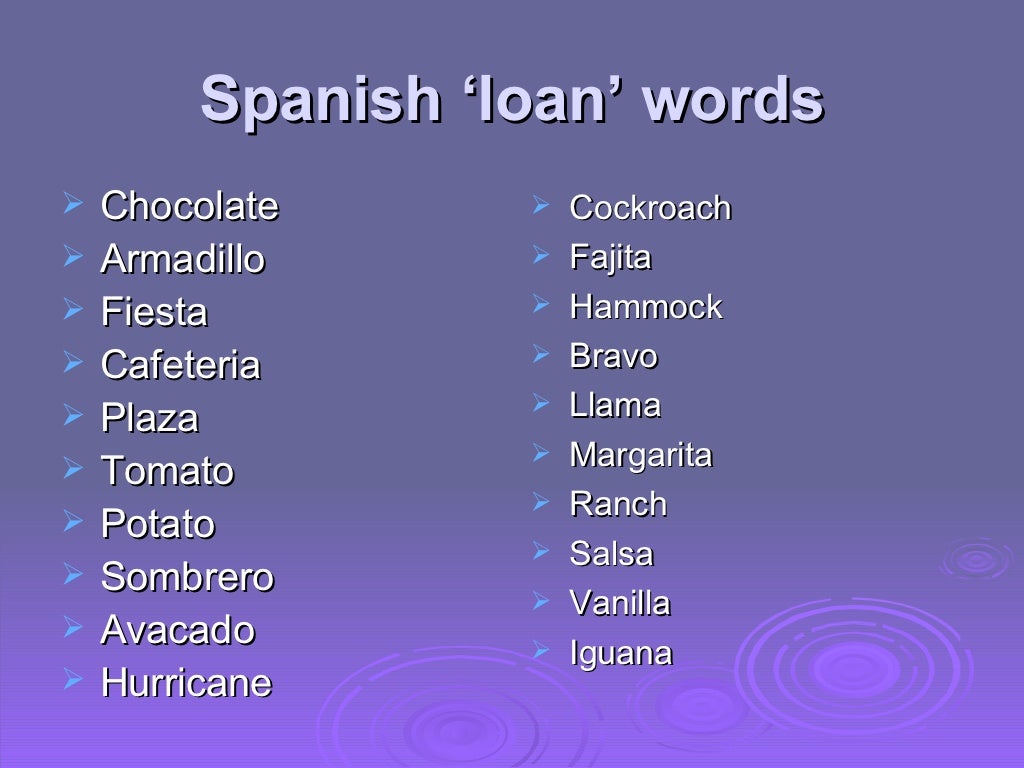

cast ( mask, dtype = "int32" ) attention_output = self. supports_masking = True def call ( self, inputs, mask = None ): if mask is not None : padding_mask = tf. MultiHeadAttention ( num_heads = num_heads, key_dim = embed_dim ) self. Layer ): def _init_ ( self, embed_dim, dense_dim, num_heads, ** kwargs ): super (). Result in a model that cannot be used at inference time).Ĭlass TransformerEncoder ( layers. (otherwise, it could use information from the future, which would Sure that it only uses information from target tokens 0 to N when predicting token N+1 The TransformerDecoder sees the entire sequences at once, and thus we must make (see method get_causal_attention_mask() on the TransformerDecoder). The TransformerDecoder will then seek to predict the next words in the target sequence (N+1 and beyond).Ī key detail that makes this possible is causal masking To the TransformerDecoder, together with the target sequence so far (target words 0 to N). This new representation will then be passed Which will produce a new representation of it. The source sequence will be pass to the TransformerEncoder, Our sequence-to-sequence Transformer consists of a TransformerEncoderĪnd a TransformerDecoder chained together. It provides the next words in the target sentence - what the model will try to predict. target is the target sentence offset by one step:.That is to say, the words 0 to N used to predict word N+1 (and beyond) in the target sentence. inputs is a dictionary with the keys encoder_inputs and decoder_inputs.Įncoder_inputs is the vectorized source sentence and encoder_inputs is the target sentence "so far",.Using the source sentence and the target words 0 to N.Īs such, the training dataset will yield a tuple (inputs, targets), where: adapt ( train_spa_texts )Īt each training step, the model will seek to predict target words N+1 (and beyond) adapt ( train_eng_texts ) spa_vectorization.

escape ( strip_chars ), "" ) eng_vectorization = TextVectorization ( max_tokens = vocab_size, output_mode = "int", output_sequence_length = sequence_length, ) spa_vectorization = TextVectorization ( max_tokens = vocab_size, output_mode = "int", output_sequence_length = sequence_length + 1, standardize = custom_standardization, ) train_eng_texts = for pair in train_pairs ] train_spa_texts = for pair in train_pairs ] eng_vectorization. replace ( "", "" ) vocab_size = 15000 sequence_length = 20 batch_size = 64 def custom_standardization ( input_string ): lowercase = tf. punctuation + "¿" strip_chars = strip_chars. How each building block works, as well as the theory behind Transformers,

The present example is fairly barebones, so for detailed explanations of
#In english to spanish code#
The code featured here is adapted from the bookĭeep Learning with Python, Second Edition Input sentences (sequence-to-sequence inference). Use the trained model to generate translations of never-seen-before.Prepare data for training a sequence-to-sequence model.Implement a TransformerEncoder layer, a TransformerDecoder layer,.Vectorize text using the Keras TextVectorization layer.We'll train on an English-to-Spanish machine translation task. In this example, we'll build a sequence-to-sequence Transformer model, which English-to-Spanish translation with a sequence-to-sequence Transformerĭescription: Implementing a sequence-to-sequene Transformer and training it on a machine translation task.


 0 kommentar(er)
0 kommentar(er)
